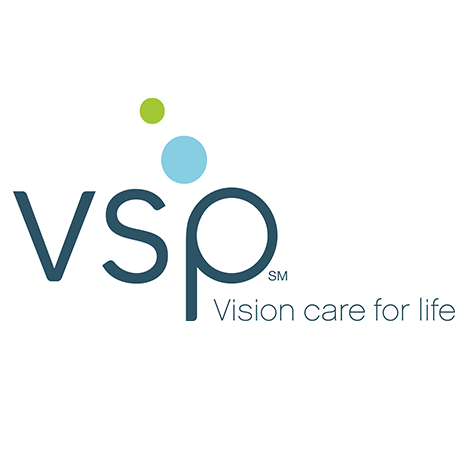Our Services
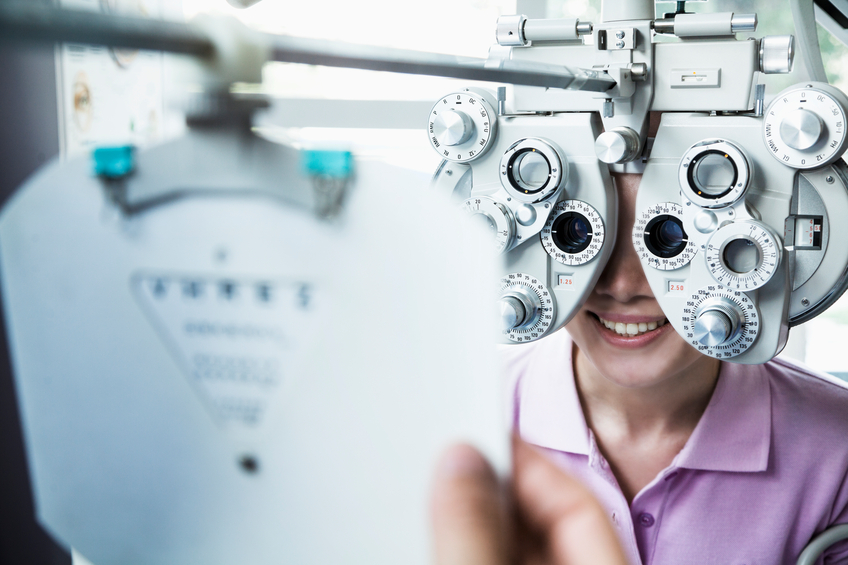
As a fully licensed and equipped optometric practice, Hillsboro Vision Clinic offers a complete range of eye care services to all our patients.
Whether the eye care issue involves correcting refractive errors with eyeglass or contact lenses, helping a student find amazing frames, or diagnosing/treating eye conditions and diseases, our experienced team will identify and implement the best eye care solutions for you.
Eye Health Evaluation
With our years of experience in diagnosing and treating typical vision disorders such as nearsightedness, farsightedness, amblyopia, presbyopia, cataracts, macular degeneration, and diabetic retinopathy, Matthew R. Perry, Toby Andreasen, Rachael Kenyon, Drew Perry, and their team are equipped to provide appropriate therapeutic medical eye care.
At the same time, the Hillsboro Vision Clinic team offers a wide array of high-quality eye care products at reasonable prices. Our patients never pay too much for the best quality in eyeglasses, contact lenses, sunglasses, progressive and bifocal lenses, and outstanding service.
Treatment of Eye Disease
If you are diagnosed with an eye disease, you want the best treatment available to get your eyes healthy again. At Hillsboro Vision Clinic, we stay current with best treatment practices. Based on your diagnosis, we may recommend a wide variety of approaches, including improved nutrition, prescription medicines, therapy and vision exercises, or medical procedures.
Good Eye Care Begins With A Yearly Eye Exam!
Although many do not realize it, the best way to protect your vision is with a yearly eye checkup. Even a basic eye exam can instantly detect many health-threatening conditions, such as tumors, vascular irregularities, and diabetes-related injury to the retina. At Hillsboro Vision Clinic, that basic checkup is brief and painless.
LASIK Co-Management

 LASIK, a form of refractive surgery, is a popular option for vision correction, often eliminating the need to wear glasses or contact lenses. Simply put, LASIK reshapes the cornea with a laser.
LASIK, a form of refractive surgery, is a popular option for vision correction, often eliminating the need to wear glasses or contact lenses. Simply put, LASIK reshapes the cornea with a laser.
Other surgical alternatives have become available. Among these is a technique called phakic IOL implantation which involves implanting a lens behind the cornea, but in front of the iris. With this new option, many of those who were too highly nearsighted for LASIK are now candidates for refractive surgery.
If you are interested in refractive surgery, please let us know. Refractive surgery is not to be taken lightly. Detailed testing is necessary to determine whether or not you are a good candidate for the surgery. If testing shows you to be a good candidate, we can help you choose the refractive surgeon who is most appropriate for your case. In addition, we provide post-operative care for refractive surgery.
Vision Exams
Adults
Adults should have a vision examination every year or two depending on factors that include contact lens wear, eye health issues, family history, and visual demands. Our thorough visual examinations last about 45 minutes and consist of:
- Personal medical and ocular history
- Case history
- Screening visual field testing
- Autorefractor and Autokeratometry
- Intraocular pressure
- Visual acuity measurement
- Subjective refractive error measurement
- Ocular muscle balance and coordination
- Near task performance assessment
- Anterior segment evaluation with a biomicroscope
- Retinal evaluation
- Diagnosis and patient education
- Plan of treatment
Children
We recommend that children have an examination at three years of age, and again before entering kindergarten.
Our children’s examination is a variation of the adult examination. For very young children some of the adult tests are not appropriate. Instead we include additional visual development tests dealing with eye movements and binocularity. We want to make sure your child has the visual tools to achieve his or her highest potential in school.
Infants
Development of vision is most critical in the first years of life. Dr. Kenyon participates in the nationwide InfantSEE program and provides a no cost visual evaluation to any child less than one year of age.
Contact Lens Fitting
Soft Contact Lenses
Advances in contact lens technology and fitting techniques have made just about everybody who needs spectacle correction a candidate for contact lenses. Our diagnostic contact lens room contains thousands of contacts that allow us to fit most patients at the first visit.
- New lens polymers make contact lenses more comfortable and safer than ever before.
- Contacts can now correct astigmatism. If you've been told you couldn't wear contacts let us show you that this is no longer true.
- Today’s excellent bifocal or monovision contact lenses can potentially free you from your bifocals or reading glasses!
Gas Permeable Contact Lenses
Gas permeable (GP), sometimes referred to as Rigid Gas Permeable (RGP) lenses, are an excellent alternative to soft contact lenses. Unlike the old hard contacts, GPs are oxygen permeable and thus better for ocular health. New surface treatments make the GPs more comfortable than they were just a few years ago. Myopia, hyperopia, astigmatism, and presbyopia can all be corrected with GP lenses.
Optomap Retinal Exam
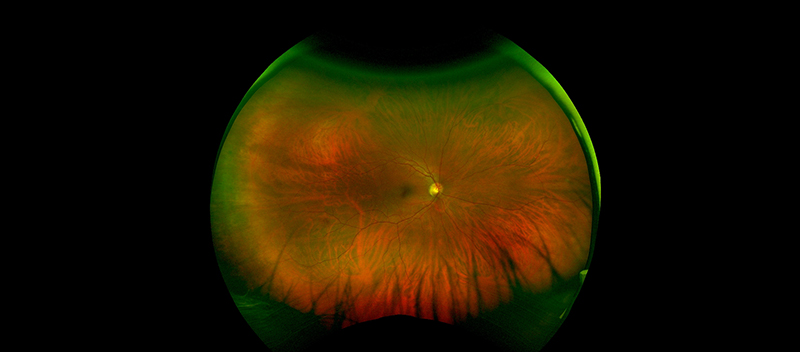
In our continued efforts to bring the most advanced technology available to our patients, Matthew R. Perry, Toby Andreasen, Rachael Kenyon, and Drew Perry strongly recommend the Optomap Retinal Exam as an integral part of your eye exam.
Many eye problems can develop without warning and progress with no symptoms. Early on, you might not notice any change in your vision. However, diseases such as macular degeneration, glaucoma, retinal tears or detachments, as well as other health problems such as diabetes and high blood pressure, can often be detected with a thorough exam of the retina. The retina is the part of your eye that catches the image of what you are looking at, similar to the film in a camera.
An Optomap Retinal Exam provides:
- A scan to confirm a healthy eye or detect the presence of disease.
- An overview or map of the retina, giving your eye doctor a more detailed view than they can achieve by other means.
- The opportunity for you to view and discuss the Optomap images of your eye with your doctor at the time of your exam.
- A permanent record for your medical file, enabling your optometrist to make important comparisons if potential problems show themselves at a future examination.
Low-level light therapy (LLLT)
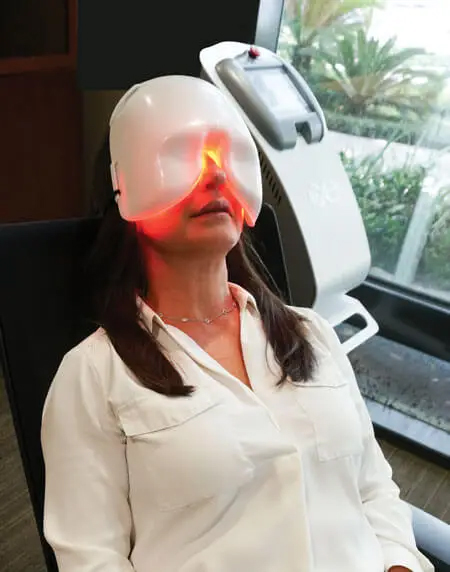
Low-level laser (or light) therapy, or LLLT, uses LED lights of specific wavelengths to reduce inflammation, promote healing, and restore natural function of the body’s tissues. LLLT in eyecare has been shown to be beneficial for meibomian gland dysfunction (MGD), dry eye disease, hordeola and chalazia (styes), rosacea, and blepharitis.
During the LLLT procedure you will rest with your eyes closed and the Equinox mask with embedded medical-grade LEDs will administer the proper wavelength of light for your condition. The more common treatment using red and near-infrared light causes increased cellular activity and creates endogenous heat within the eyelid and meibomian glands of the eyelid.
The treatment takes 15 minutes. The Equinox instrument is FDA approved, safe for adults and children, and non-invasive. There is no pain, discomfort, or side effects. No recovery time is needed and you can resume all normal activities immediately.
Many people notice improvements in MGD, dry eyes, styes, and other conditions after one treatment, but generally 2-4 treatments are recommended over several weeks.
